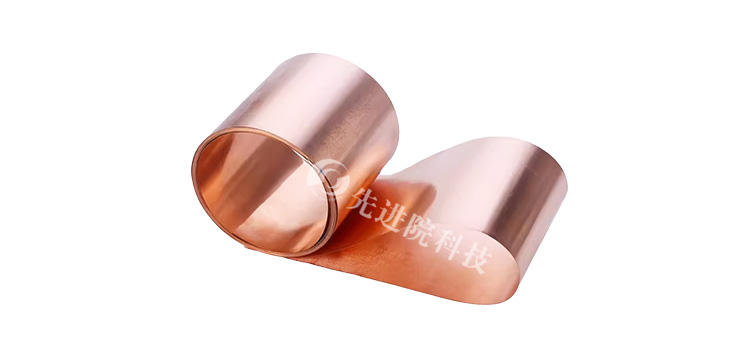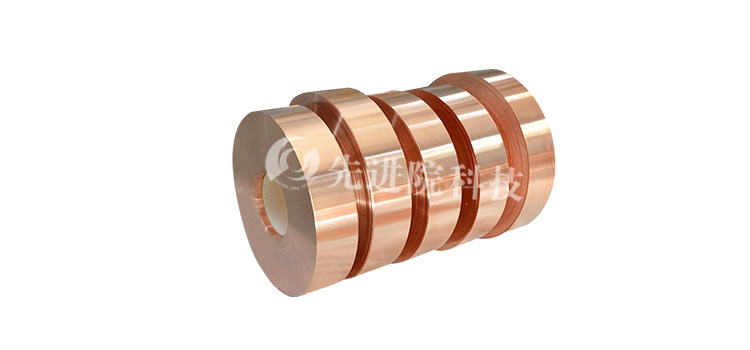In modern electronics industry, the selection of conductive materials is crucial for the performance of circuit boards.PI (polyimide) copper plated filmAs an emerging material, it exhibits significant advantages in conductivity. This article will compare the conductivity of PI copper plated film with ordinary copper foil, and explore the advantages of PI copper plated film based on experimental data and practical applications.
Experimental Materials and Methods
- Material Science:
- method:
- Measure the surface resistivity of two materials using standard testing instruments.
- Evaluate the stability and reliability of two materials in electrical signal transmission through simulated circuit testing.
- Examine the changes in conductivity of two materials under high temperature conditions.

Comparison of experimental data
- Surface resistivity:
- PI copper plated filmThe surface resistivity is usually 1-10 Ω/sq, depending on the thickness of the copper plating layer and the preparation process.
- Ordinary copper foil: The surface resistivity is low, but it is affected by the purity, thickness, and surface treatment method of the copper foil.
- Stability of electrical signal transmission:
- PI copper plated film: Due to its high conductivity, it can significantly reduce the impedance and noise of wires, making electrical signal transmission more stable and reliable.
- Ordinary copper foil: Although it has good conductivity, it is susceptible to environmental interference in high-frequency signal transmission, leading to a decrease in signal quality.
- Conductivity under high temperature environment:
- PI copper plated film: As a substrate material, polyimide film has a glass transition temperature of about 350 ℃. At high temperatures, the adhesion between copper foil and substrate is enhanced, and the conductivity is stable.
- Ordinary copper foil: In high temperature environments, copper foil is prone to oxidation, leading to a decrease in conductivity.
Experimental results
- Conductivity:
- The PI copper plating film is deposited with a high-purity oxygen free copper conductive layer on the surface of the PI film through vacuum magnetron sputtering technology, inheriting the original chemical and physical properties of the polyester film while having good conductivity.
- Although ordinary copper foil has excellent conductivity, its performance in specific environments (such as high temperature and high frequency) is not as good as PI copper plating film.
- Heat resistance:
- PI copper plated film has excellent heat resistance and can maintain stable conductivity in high temperature environments.
- Ordinary copper foilIt is prone to oxidation at high temperatures, leading to a decrease in conductivity and limiting its application in high-temperature environments.
- Application prospects:
- PI copper plated film has a wide range of application prospects in flexible circuit boards, automotive electronics, and other fields due to its excellent conductivity and heat resistance.
- Although ordinary copper foil is still an important material in the electronics industry, PI copper plating film has more advantages in specific application scenarios.

conclusion
Through this experiment, we can draw the following conclusions:
- Compared with ordinary copper foil, PI copper plated film has higher stability and reliability in terms of conductivity, especially in high temperature and high frequency environments.
- The heat resistance of PI copper plated film is excellent, and it can maintain stable conductivity in high temperature environments, expanding its application range.
- Advanced Institute (Shenzhen) Technology Co., LtdThe research platinum brand PI copper plated film provided has demonstrated significant conductivity advantages through advanced preparation processes and technologies, providing a new option for the development of the electronics industry.
In summary, PI copper plated film is superior to ordinary copper foil in terms of conductivity, heat resistance, and application prospects, and is an indispensable new conductive material in modern electronic industry.
The above data is for reference only, and specific performance may vary due to production processes and product specifications.






